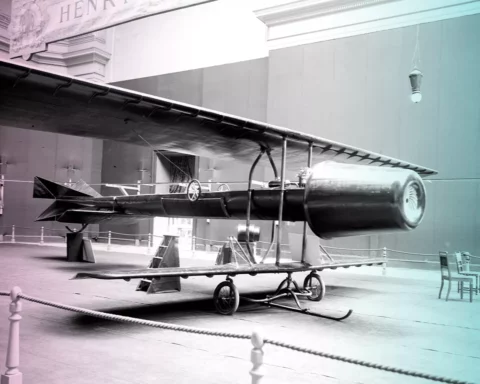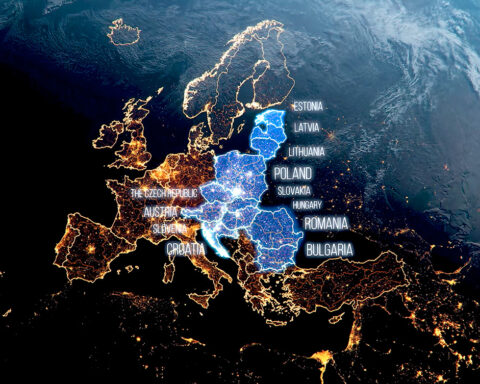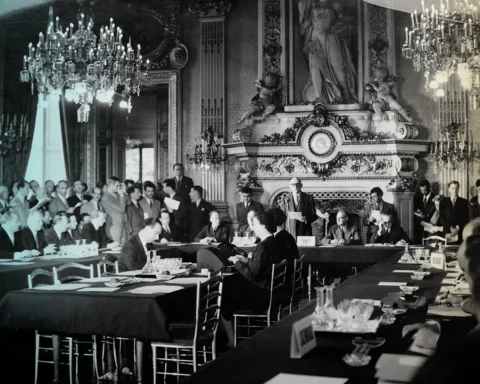The manufacturing of different combat military vehicles and weapons can be found across the countries of the 3Seas Region. Among them ranks, Slovakia is known for its Howitzers, artillery weapons that fall between cannons and mortars. The flagship product of the Slovak military industry, the self-propelled Howitzer called Zuzana, has been upgraded and is experiencing a resurgence in demand.
Zuzanna’s history
The roots of Howitzer construction in Slovakia go back to the 17th century when the first guild of gunmen and cannon makers was established in 1661. The industrial production of weaponry, including Howitzers, was first established in 1937 in Dubnica nad Váhom in Western Slovakia but was interrupted by damages caused during WWII. Then in 1968, the production was again initiated, with the first set of Howitzers coming out in 1988. Back then, they were the first Howitzers on wheels in the world, claims the journal of the Slovak Ministry of Defense. Zuzana’s were introduced in 1998 as upgrades of the previous models called Dana and Ondava. The upgraded model, Zuzana 2, has twice the shooting range and a bigger caliber gun.
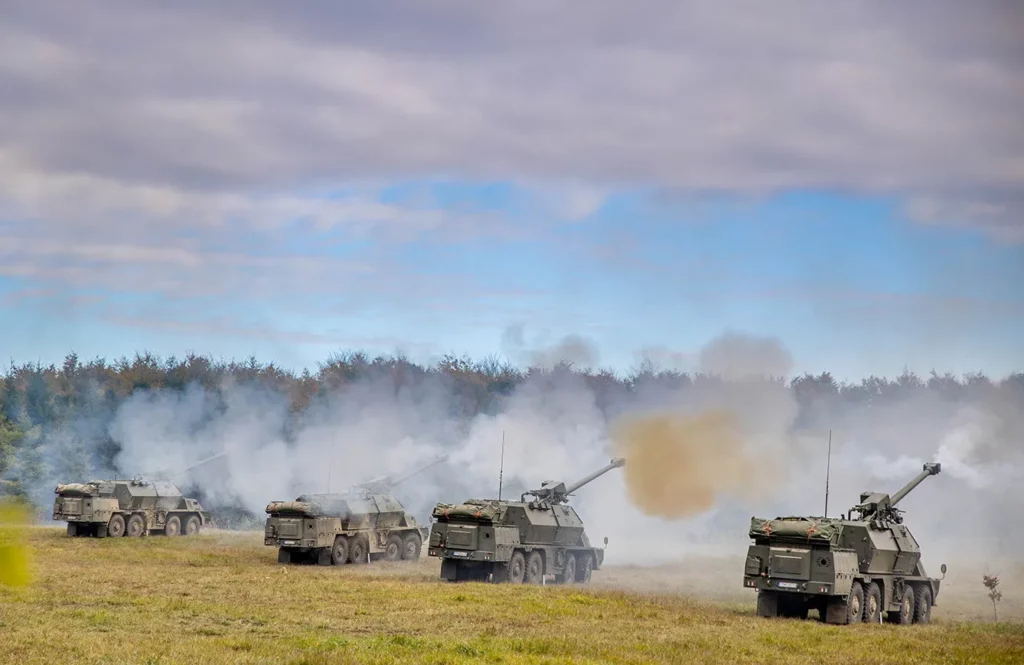

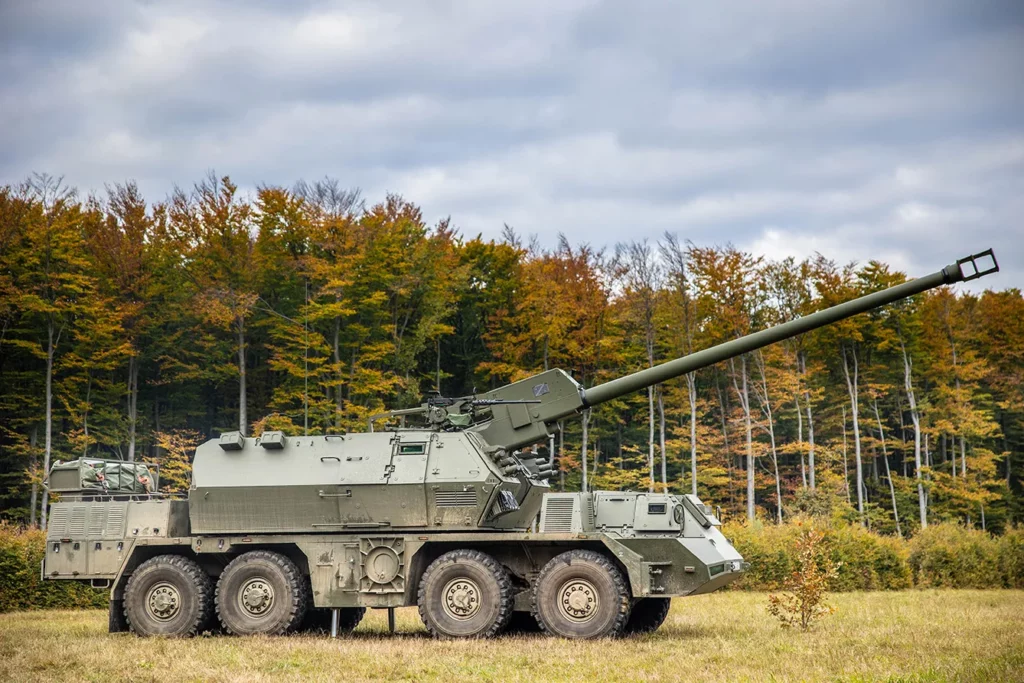
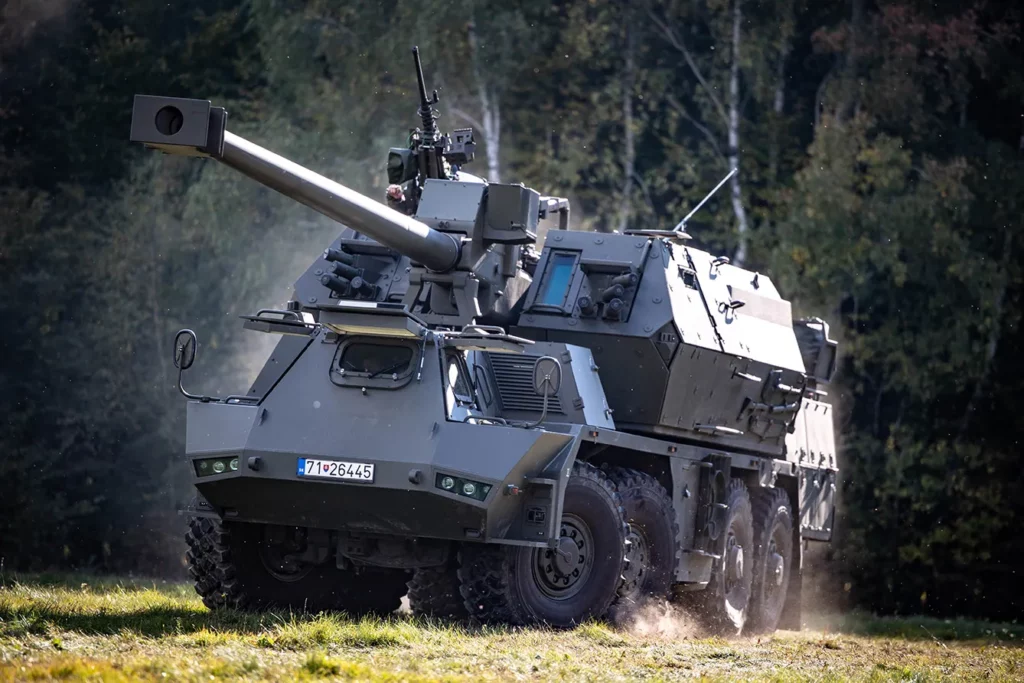
All these models were constructed by the state-owned company called Konštrukta Defence, which has been around for exactly 70 years. Its main focus is on the manufacturing and liquidating of munition, weapons, electronic systems, and a range of other services related to the munition comprehending the making and selling of pyrotechnics. Apart from that, the company researches hydrogen therapy practiced in healthcare.
How does it work?
Zuzana 2 Howitzer is currently one of the most modern self-propelled Howitzers in the world due to many of its automatized functions. The vehicle is mounted on the chassis of the Tatra 8×8 model with a turret on the top dotted with a NATO standardized 155 mm caliber gun with a barrel of a length of 52 calibers. It is operated by a crew of 4 people and, when moving, can reach a speed of 80 km/hour.
The navigation system is based on a ballistic computer that can set the target’s location with an accuracy of 20 meters. The accuracy is higher if connected to a GPS, but that is often not the option, clarifies Colonel Pavol Barančík.
Shooting, which has been significantly innovated from older models, is done at high precision from distances that range from 5 to 41 kilometers. In the automatic mode, encompassing both projectiles and powder charge, shots are fired at a rate of six in the first minute and sixteen in the next three. In the manual mode, two shoots per minute are fired.
Such Howitzers are best for a ‘shoot and scoot’ tactic. They support the ground forces by engaging enemy targets in the distance and then quickly move onto a new location before the enemy’s counter-artillery radar will able to locate the source of the shelling. In case of a direct enemy attack by laser-guided munition, the Howitzer is dotted with sensors detecting laser illuminators that activate smoke grenades to hide the vehicle and let it escape from the danger zone.
Zuzanna’s competition and future goals
The Howitzers are frequently tested in military districts around Slovakia and unknown territories near the town of Dubnica nad Váhom. As the war in Ukraine in progressing, Howitzers Zuzana 2 became in demand and hit the headlines as their construction increased two-fold to 16 models per year. Luckily these Howitzers never had to be used in combat to protect Slovakia. They were, however, already sent to other conflict zones – namely to Cyprus and recently to Ukraine.
See Also: Slovakia’s AirCar Ready for Take Off




